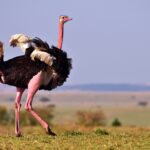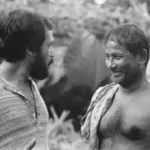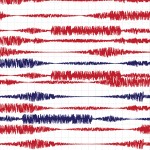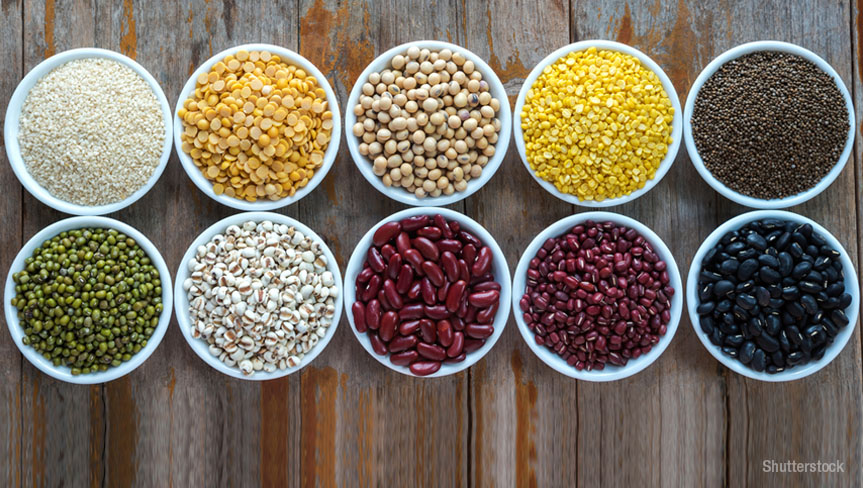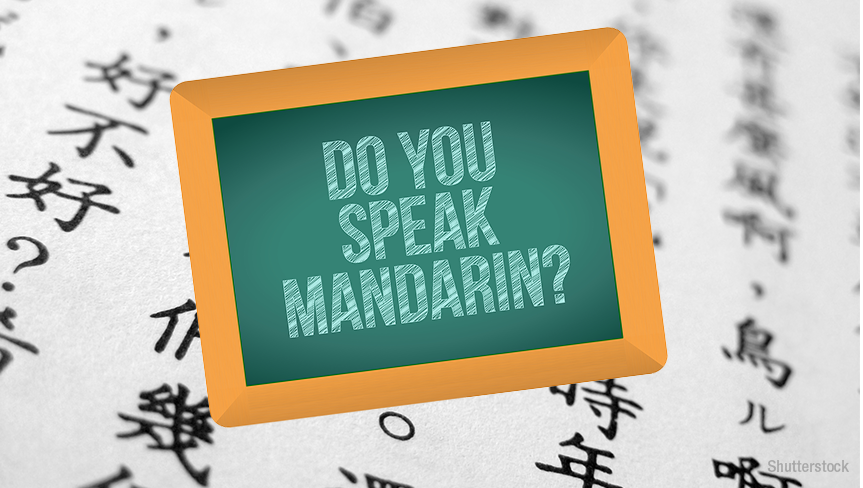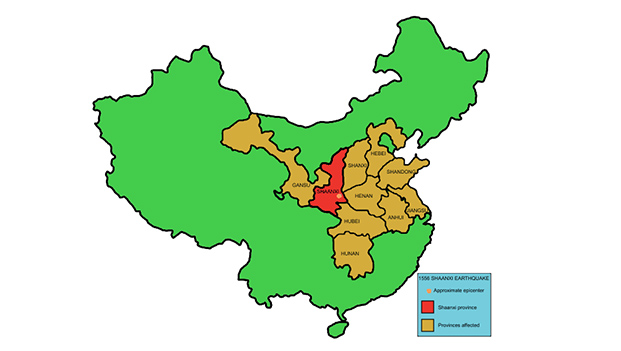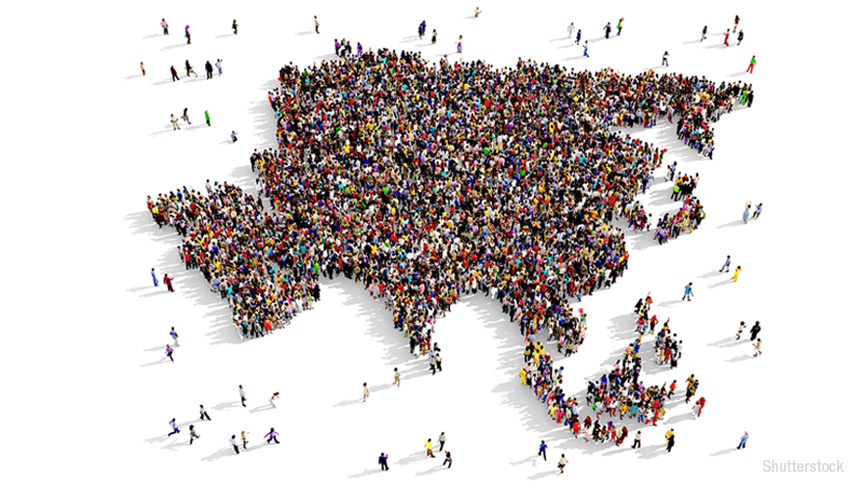
Population explosion in Asia
Asia, the largest continent on Earth, has a total land area of 44,579,000 square kilometers. It constitutes 30 per cent of the total available land area. The continent tops the list even in terms of population. More than 4.1 billion people reside in Asia, which is 60 per cent of the entire global population, with a population…


